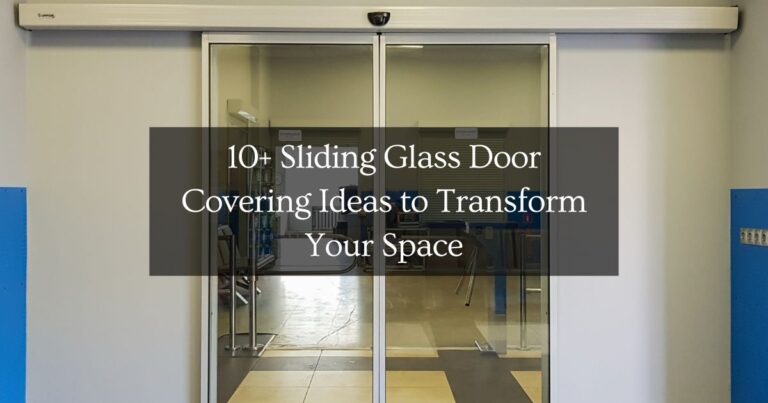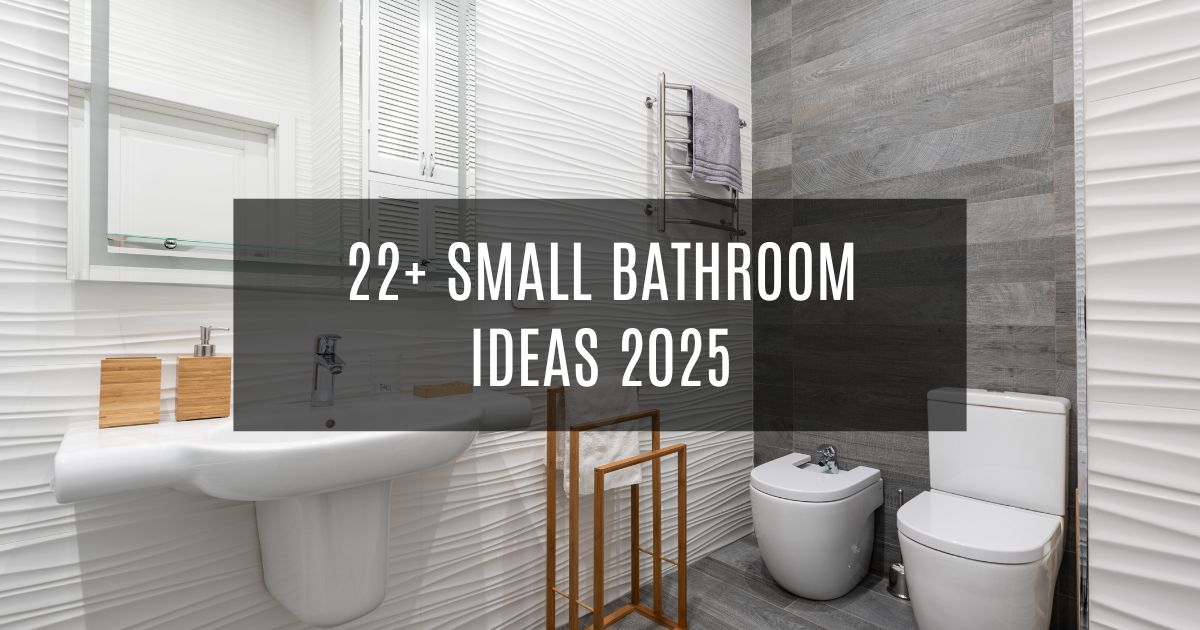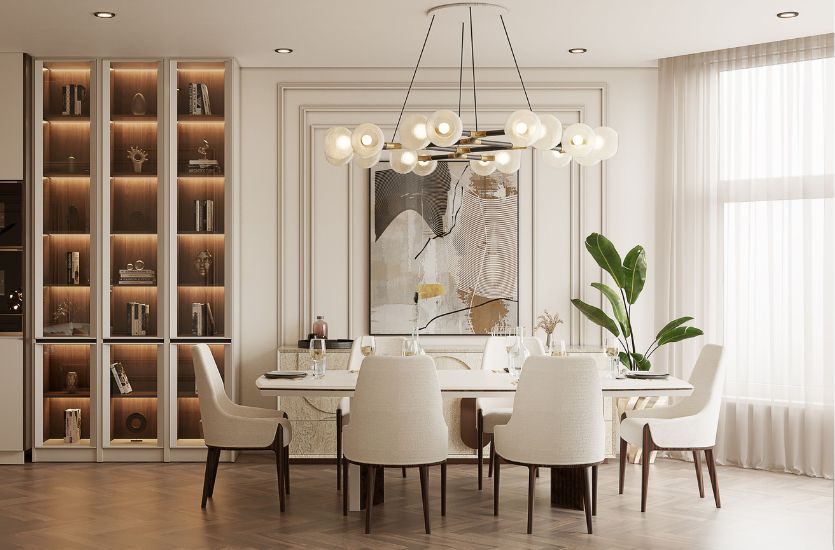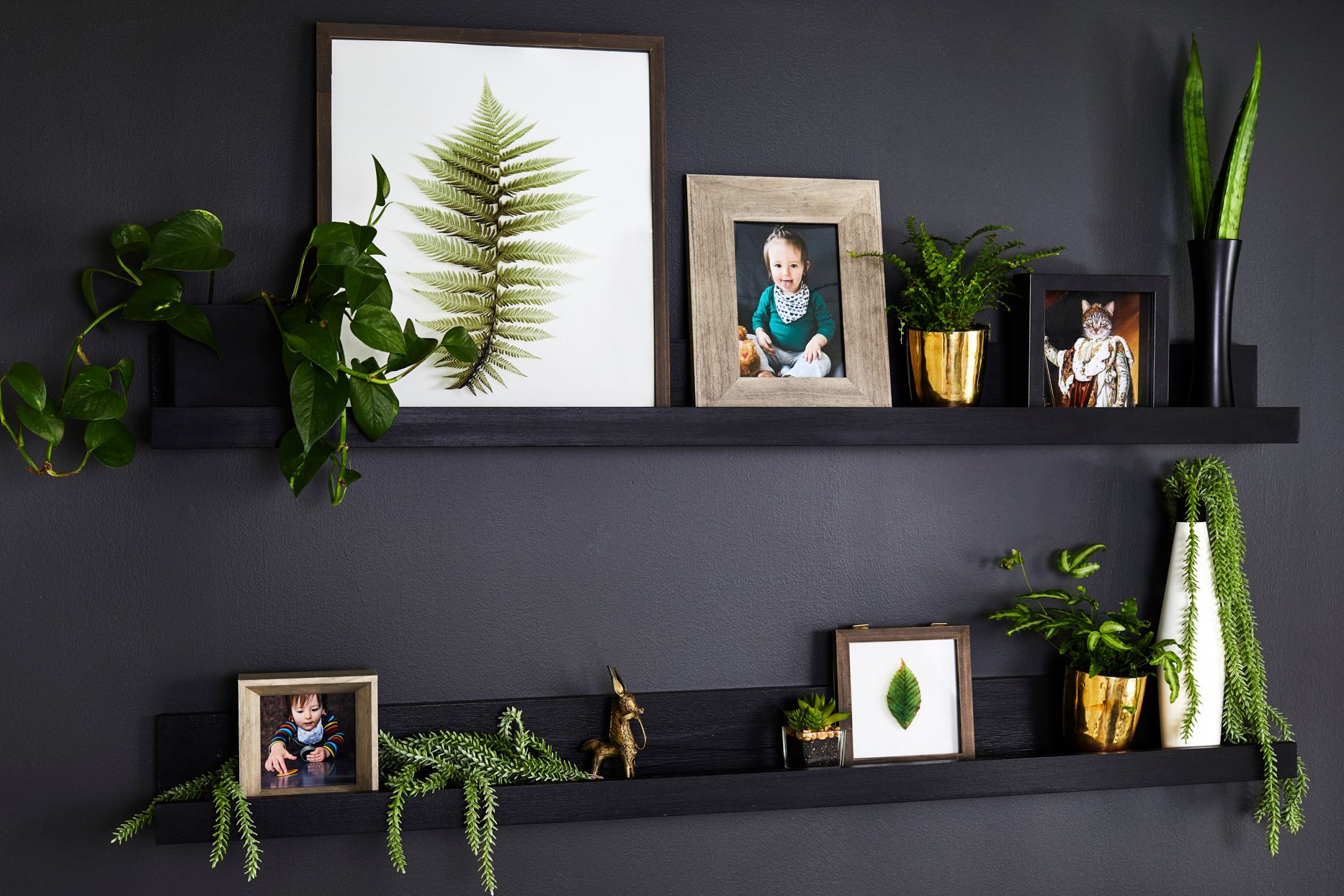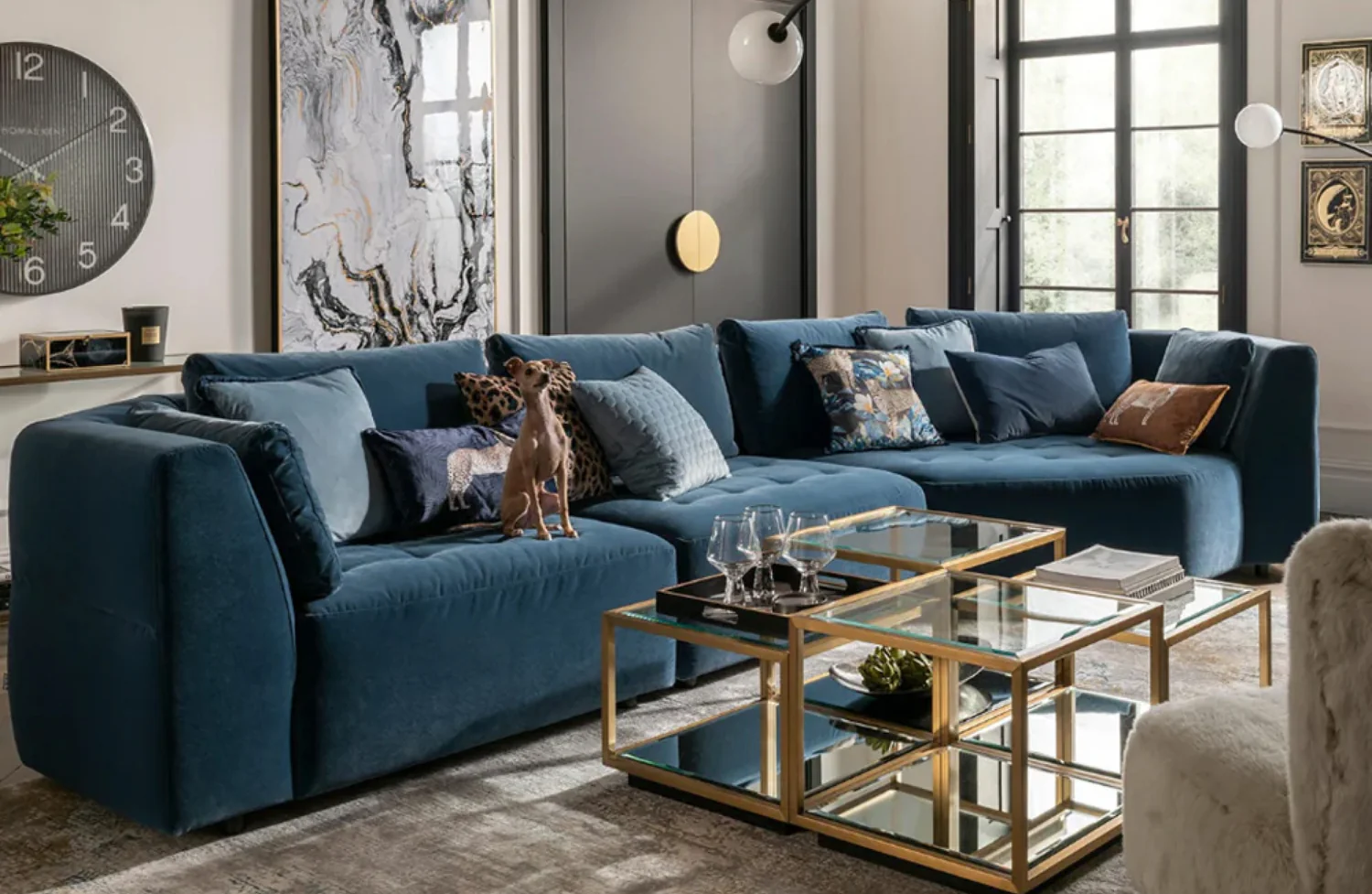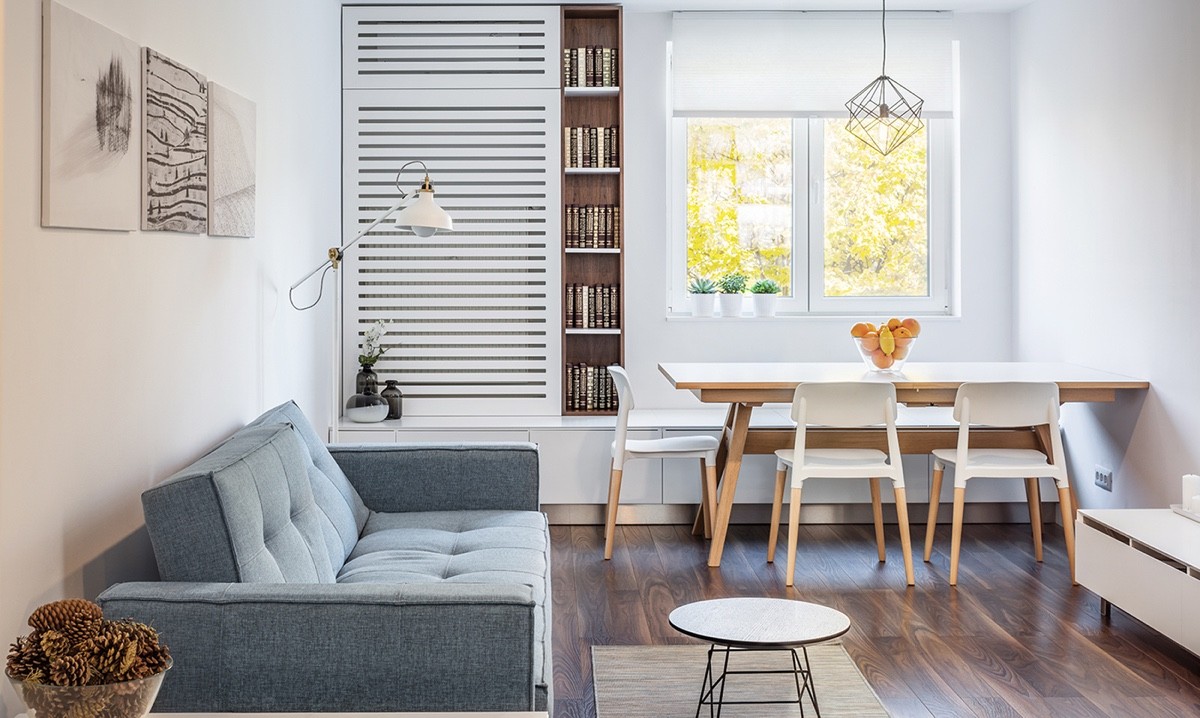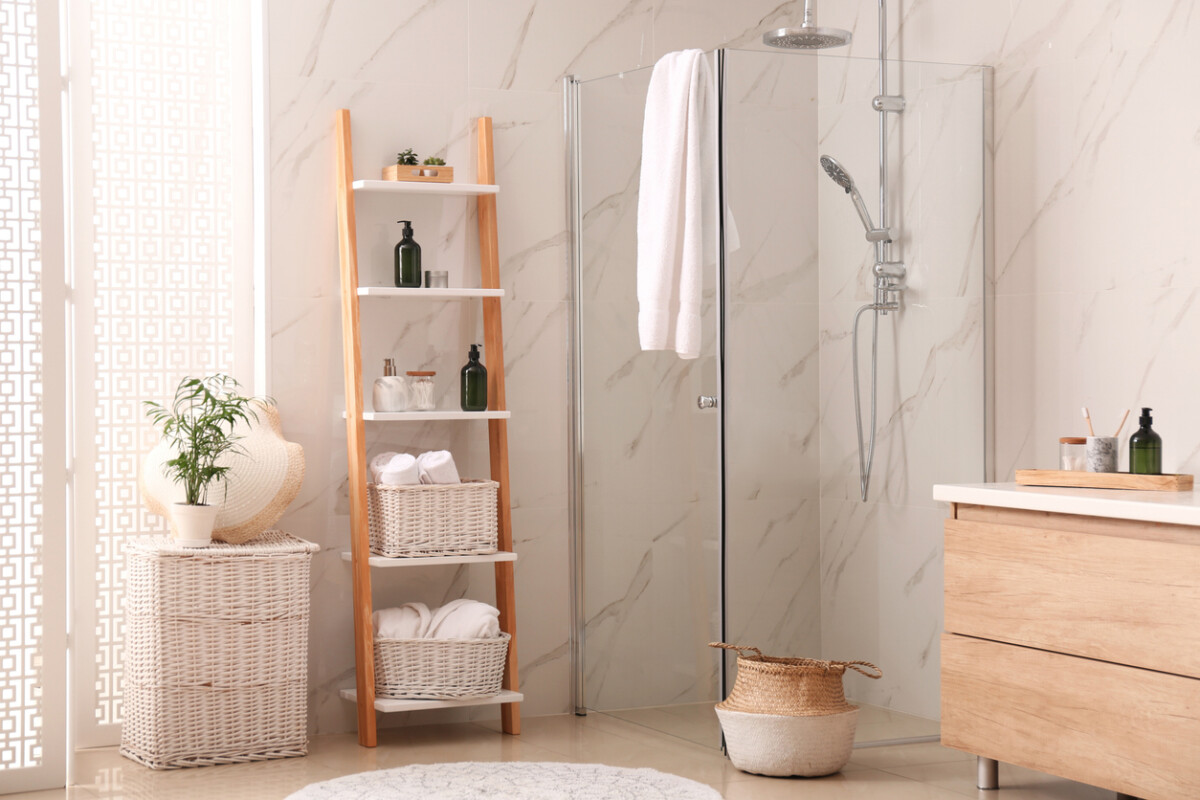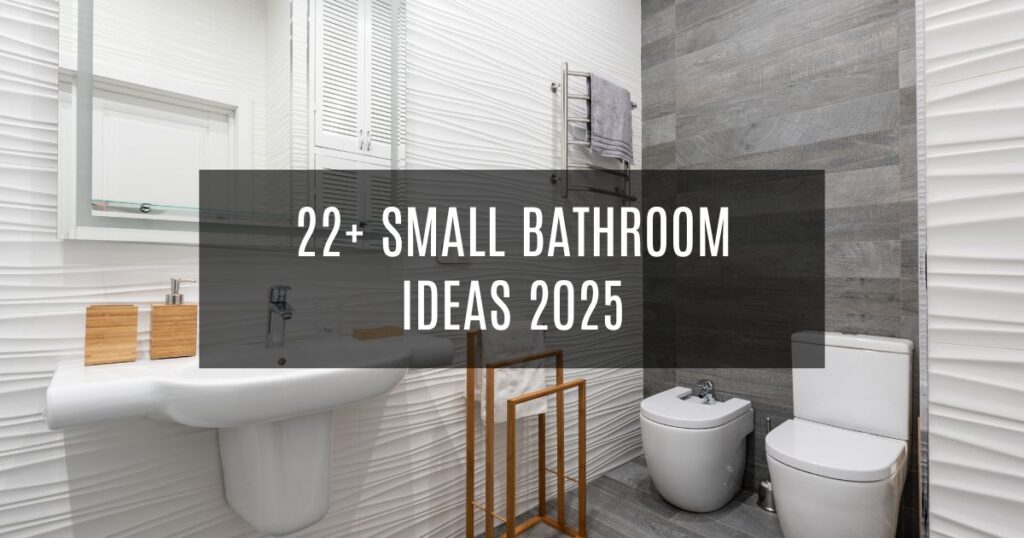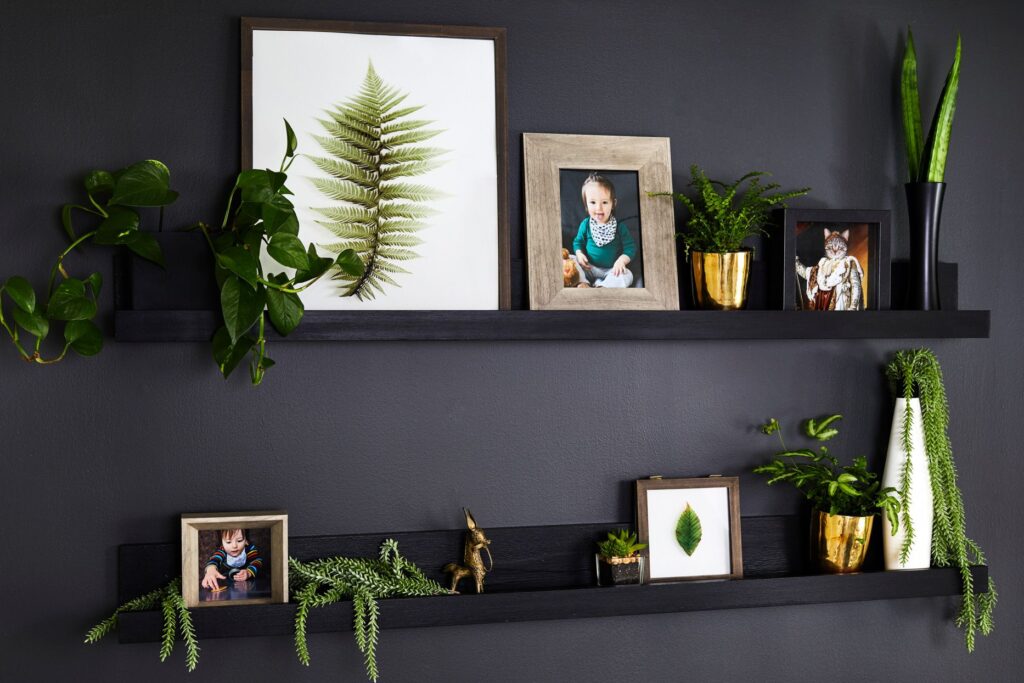You want your sliding glass doors to look fantastic and function seamlessly in your home. After all, sliding glass doors aren’t just for letting light in; they can also act as a focal point that ties your entire room’s décor together.
And when it comes to styling or updating these large expanses of glass, the possibilities are practically limitless. You might be looking for extra privacy, hoping to filter or block out natural light, or simply craving a decorative touch that sets your interior design apart. In each case, the right covering can do wonders.
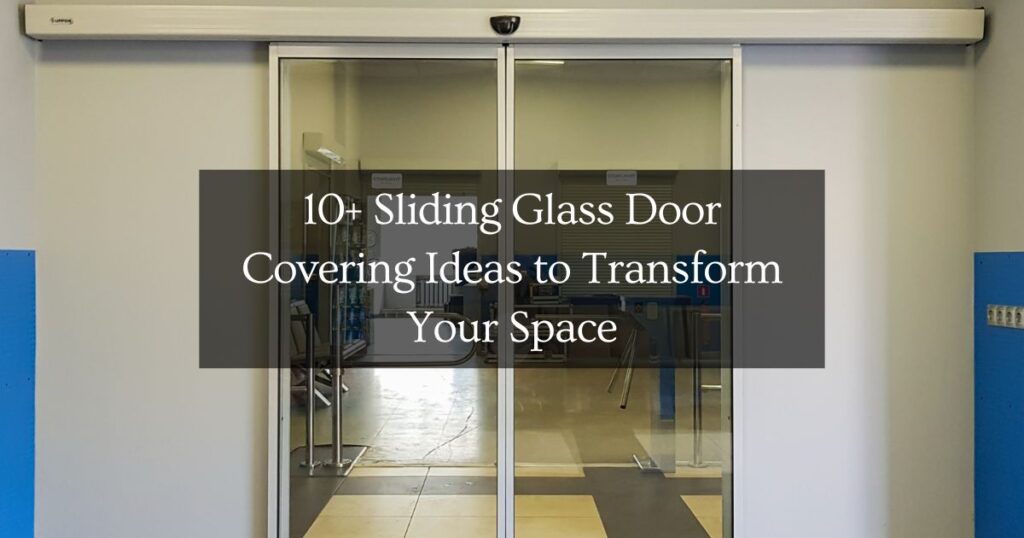
In this article, you’ll discover a comprehensive list of creative and practical sliding glass door covering ideas. Whether you favor curtains, blinds, shades, or something a bit more unconventional, each idea offers unique benefits in terms of style, functionality, and convenience.
This guide is designed to help you navigate through various materials, textures, and mechanisms so you can pick the perfect option that fits both your aesthetic tastes and everyday needs.
As you read on, you’ll learn about classic solutions, like vertical blinds or sheer curtains, which can integrate effortlessly with most interior styles. If you want to explore more innovative or modern approaches, consider installing panel track blinds or even motorized shades.
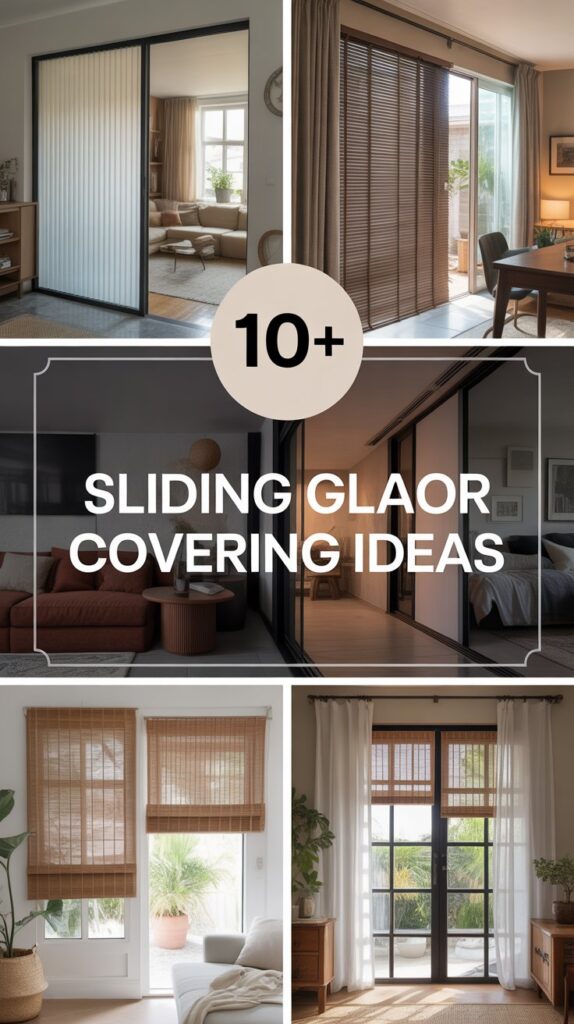
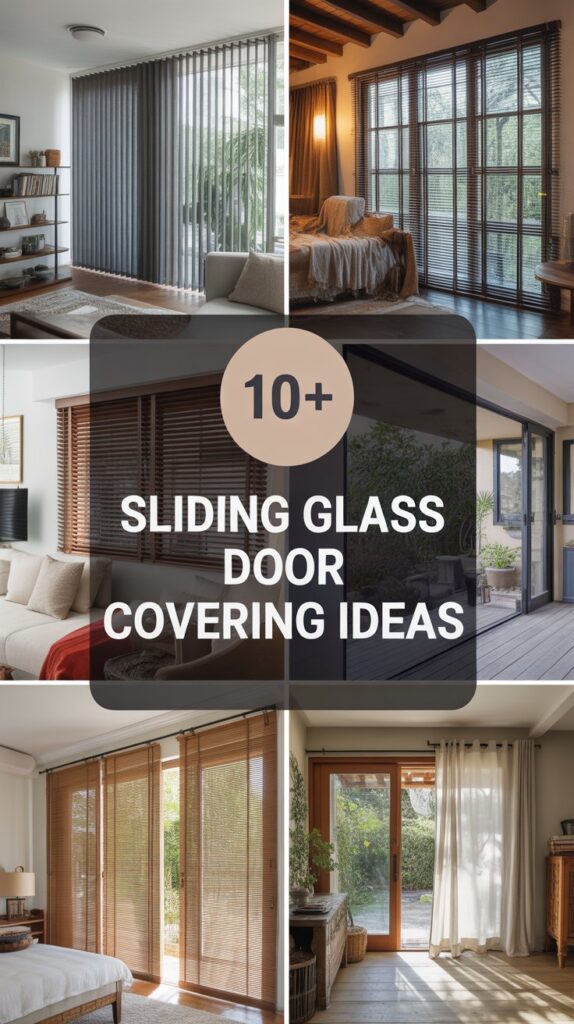
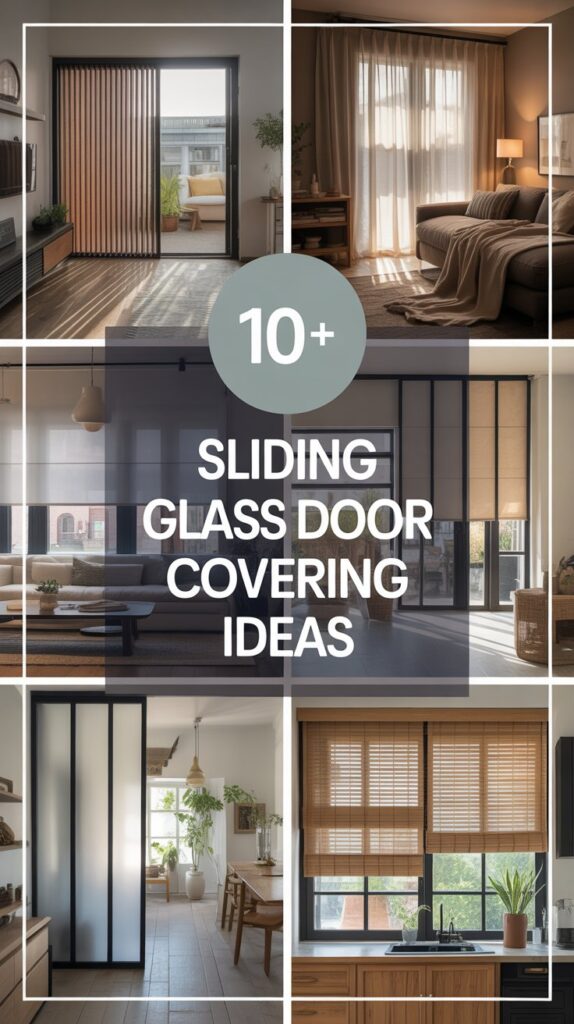
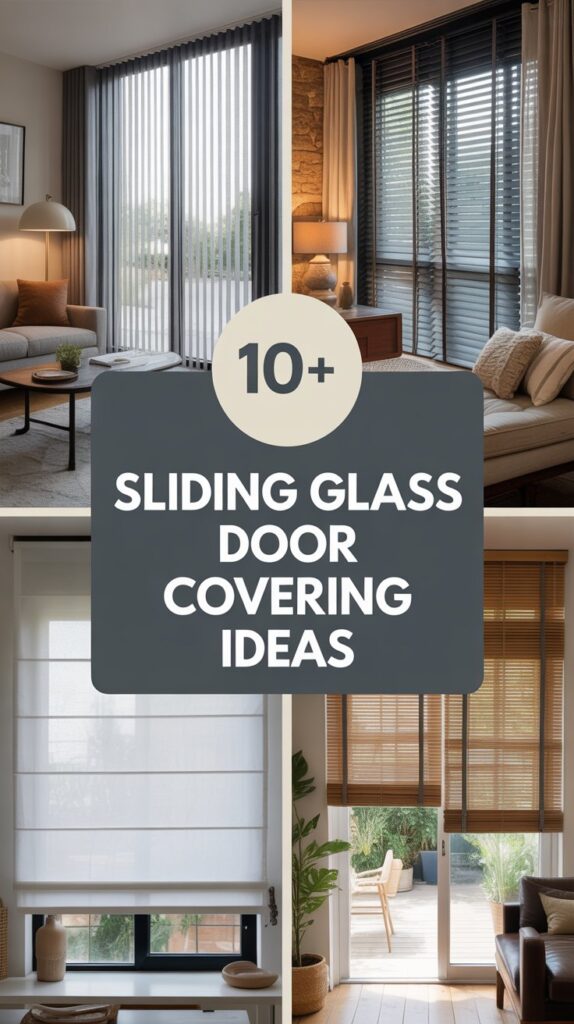
Some ideas focus on optimizing light control and privacy, while others emphasize design flair and decorative elegance. No matter your preference, there’s sure to be a solution that resonates with your lifestyle, budget, and personal sense of style.
Additionally, you’ll gain insights into how each door covering might be installed, maintained, and combined with other design elements.
By the end of this guide, you’ll not only have a strong idea of what you want but also the confidence to move forward with the option that aligns perfectly with your home. Now, let’s dive into the details of these door coverings and see which one is best for your unique space.
Table of Contents
- 10+ Sliding Glass Door Covering Ideas
- Conclusion
- Frequently Asked Questions (FAQs)
- 1. What is the easiest type of sliding glass door covering to maintain?
- 2. Which covering offers the best insulation for energy savings?
- 3. How can I ensure maximum privacy while still letting in natural light?
- 4. Are motorized shades worth the higher cost?
- 5. Can I install these treatments by myself, or should I hire a professional?
- 6. How do I choose colors and fabrics that complement my room’s décor?
- 7. What are some child-friendly and pet-friendly covering options?
- 8. Can I combine multiple treatments on my sliding glass door?
- 9. How often should I replace or upgrade my sliding glass door coverings?
- 10. Do sliding glass door coverings add to the resale value of my home?
10+ Sliding Glass Door Covering Ideas
Below, you’ll find an extensive selection of sliding glass door covering ideas. Each option is presented in its own section to give you detailed insights into how it looks, how it functions, and what you’ll need to consider before making it a reality.
1. Classic Vertical Blinds
Vertical blinds remain a staple choice for sliding glass doors, and for good reason. They’re practical, budget-friendly, and easy to operate, offering a wide range of light control options. Constructed with vertical slats that can rotate 180 degrees, these blinds give you the freedom to let in as much—or as little—light as you desire. When fully retracted, they stack neatly to one side, maximizing the opening of your sliding glass door.
Why Choose Vertical Blinds?
- Cost-Effective: Typically more affordable than many other solutions.
- Easy to Clean: A quick wipe-down with a damp cloth keeps them dust-free.
- Simple Mechanism: The cord-and-chain system or wand control allows you to adjust lighting with minimal effort.
Design Considerations
- Material Variety: Vertical blinds come in materials such as PVC, fabric, or faux wood, allowing you to match them with various décor styles.
- Color Selection: You can choose from neutrals for a subtle look or vibrant tones to make a statement.
- Room Style: Vertical blinds are especially popular in modern or minimalist spaces but can adapt well to transitional interiors, depending on the color and material.
2. Panel Track Blinds
Panel track blinds are a sophisticated and contemporary alternative to vertical blinds. They feature wide, sliding fabric panels that move along a track at the top of your door frame. When drawn open, the panels stack neatly to one side or split in the middle, depending on your chosen configuration. They provide excellent coverage for larger glass doors and can even double as room dividers if you have an open-concept layout.
Why Choose Panel Track Blinds?
- Modern Aesthetic: Their wide panels create clean, sleek lines that complement contemporary or minimalist décor.
- Versatile Fabric Options: Select from sheer, translucent, or blackout materials to meet your light control needs.
- Smooth Operation: The track system is generally effortless to slide, ensuring easy access to your sliding door.
Design Considerations
- Space Management: Ensure you have enough wall space for the panels to stack.
- Color and Texture: You can opt for simple neutral shades for a subtle effect or choose textured fabrics for an eye-catching feature.
- Mounting Options: Panel track blinds can be inside-mounted (within the door frame) or outside-mounted (on the wall or ceiling), allowing customization to your space’s layout.
3. Floor-to-Ceiling Curtains
If you’re looking for a classic, elegant approach that adds softness and warmth to your sliding glass doors, consider floor-to-ceiling curtains. This style can make a room feel more spacious and luxurious by drawing the eye upward. Curtains also offer varied levels of privacy and light control depending on the fabric you choose, ranging from sheer to blackout.
Why Choose Floor-to-Ceiling Curtains?
- Timeless Appeal: Curtains have been a go-to window and door treatment for centuries because of their ability to blend functionality with style.
- Light & Privacy Options: Sheer curtains let sunlight filter through while maintaining moderate privacy, whereas thicker fabrics block out light entirely.
- Decorative Element: From tiebacks to curtain rods, you can add decorative touches that complement your interior décor.
Design Considerations
- Fabric Selection: The choice of velvet, cotton, or linen can significantly affect the room’s overall vibe.
- Layering: Combine sheer curtains with heavier drapes to achieve a versatile look that suits day or night.
- Rod Placement: Installing your curtain rod closer to the ceiling can create an illusion of height and grandeur.
4. Sheer Curtains
Sheer curtains bring a delicate, airy atmosphere to any space by allowing soft, diffused sunlight to pass through. If you value natural light but still want a degree of privacy, sheer curtains are an excellent option. They can also be layered beneath heavier drapes or blinds for a more dynamic appearance and improved light control.
Why Choose Sheer Curtains?
- Gentle Ambiance: Their translucent quality softens harsh sunlight and creates a cozy interior glow.
- Versatility: They complement nearly every design style, from modern to traditional.
- Cost-Effective: Generally less expensive than thicker drapes or specialty blinds.
Design Considerations
- Color and Pattern: Light or pastel-colored sheers are most common, but patterned sheers can offer a stylish twist.
- Fabric Care: Sheer curtains may require delicate handling during washing to avoid snags.
- Privacy Factor: They won’t completely block the view from outside, so you may want to pair them with another covering if maximum privacy is important.
5. Blackout Drapes
For those seeking total darkness at night or enhanced privacy, blackout drapes are a top contender. These heavy, opaque curtains not only block out sunlight but can also help insulate your home against external temperatures and noise. They’re particularly popular in bedrooms or media rooms but can also be used in living areas if you prefer a darker, more theatrical setting.
Why Choose Blackout Drapes?
- Light Control: Ideal for shift workers, parents of young children, or anyone who wants the option of a completely dark room.
- Energy Efficiency: Thicker fabric can reduce heat transfer, helping to regulate room temperature.
- Noise Reduction: The density of blackout material can muffle outside sounds for a quieter environment.
Design Considerations
- Style Options: Blackout drapes come in numerous styles and colors, so you don’t have to settle for dull aesthetics.
- Installation: Proper installation that covers the entire door frame is crucial for full light blockage.
- Complementary Layering: Pair them with lighter curtains or sheers to give yourself flexibility between daytime and nighttime aesthetics.
6. Roman Shades
Roman shades offer a neat, tailored look that’s ideal for both contemporary and traditional interiors. When lifted, the fabric folds into horizontal pleats, providing a sleek, minimalistic profile. You can find Roman shades in a multitude of fabric choices, ranging from sheer linens to heavy velvets, making them incredibly versatile.
Why Choose Roman Shades?
- Streamlined Appearance: Their stacked folds look neat, especially when pulled up to let sunlight in.
- Wide Fabric Selection: Allows you to find a style that aligns perfectly with your décor.
- Energy Efficiency: Thicker fabric options can help with insulation, reducing energy costs.
Design Considerations
- Measuring Accuracy: Proper measurements are crucial, especially for inside-mount Roman shades that need a precise fit.
- Operation: Consider cordless or motorized Roman shades if you want a child-friendly and convenient lift system.
- Maintenance: Some Roman shades can be more difficult to clean due to their pleated design, but many modern fabrics are easier to care for.
7. Cellular Shades (Honeycomb Shades)
Cellular shades, also known as honeycomb shades, are celebrated for their excellent insulation properties. Designed with a honeycomb structure that traps air, these shades help regulate indoor temperatures, keeping your space warmer in winter and cooler in summer. They also offer varying levels of opacity—from sheer to blackout—making them a flexible choice for sliding doors.
Why Choose Cellular Shades?
- Energy Savings: The honeycomb cells improve your home’s thermal efficiency.
- Noise Reduction: The cellular design can help dampen sound, beneficial if you live in a busy neighborhood.
- Slim Profile: These shades take up minimal space when fully raised, giving you an unobstructed view.
Design Considerations
- Light Filtering Options: Choose single-cell, double-cell, or triple-cell designs based on how much light and insulation you desire.
- Mounting Styles: Cellular shades for sliding doors usually operate on a track system, allowing side-to-side movement instead of the typical up-down approach used on windows.
- Color Coordination: A variety of color choices let you either match your existing décor or add a splash of contrast.
8. Bamboo or Woven Wood Shades
Bamboo or woven wood shades bring an organic, rustic elegance to your home. They pair beautifully with a range of design themes—bohemian, coastal, farmhouse, or even modern—by adding natural texture and warmth. Depending on the weave, these shades can vary in how much light they filter, so you have control over the ambiance in your space.
Why Choose Bamboo or Woven Wood Shades?
- Eco-Friendly: Bamboo is a fast-growing, renewable resource.
- Natural Aesthetic: The earthy look of woven wood provides a cozy, relaxed vibe.
- Versatile Light Control: Options with different weaves and liners enable you to fine-tune light penetration and privacy.
Design Considerations
- Linings: For more privacy or room-darkening features, opt for a lined version.
- Texture and Color: From light, bleached bamboo to darker walnut tones, there’s a spectrum of finishes available.
- Maintenance: A quick dusting or vacuum with a soft brush attachment usually suffices to keep them clean.
9. Sliding Shutters
Sliding shutters, often referred to as bypass shutters, are an upscale and durable solution for sliding glass doors. They feature large louvers—similar to traditional interior shutters—that slide along a track. You can tilt the louvers to control light and privacy while enjoying the timeless look of shutters.
Why Choose Sliding Shutters?
- High-End Appeal: Shutters are considered a premium window treatment, enhancing home value.
- Durability: Usually constructed from wood, composite, or vinyl for long-lasting performance.
- Excellent Light Control: The adjustable louvers let you direct or block out sunlight with precision.
Design Considerations
- Customization: Shutters can be custom-fitted to match your door’s exact dimensions.
- Space Requirement: The track system may require additional clearance, so measure carefully.
- Style Integration: Shutters work wonderfully in farmhouse, coastal, or traditional settings, but can also fit modern spaces if you choose sleeker designs.
10. Frosted or Patterned Window Film
Window film is an innovative way to achieve privacy and creativity without adding bulk or weight to your sliding glass doors. Frosted films obscure the view while still allowing light to enter, making them ideal for rooms where you want some level of brightness. Patterned or decorative films can serve as a design statement, showcasing unique motifs or textures.
Why Choose Window Film?
- Space-Saving: It doesn’t occupy any additional room beyond the glass surface.
- Easy Installation: Many films are DIY-friendly, requiring just soapy water and a squeegee.
- Budget-Friendly: Usually more affordable than larger-scale treatments like shutters or layered drapes.
Design Considerations
- Privacy Level: Look for films specifically labeled as “privacy film” or “frosted” to ensure the desired effect.
- Style Options: From elegant etched designs to full-color patterns, there’s a film to suit any interior theme.
- Maintenance: Be mindful of using non-abrasive cleaners to avoid damaging the film.
11. Motorized Shades or Blinds
Motorized shades or blinds blend technology and convenience, letting you operate your sliding door treatments at the touch of a button—or even through voice commands if integrated with smart home systems. Ideal for large or hard-to-reach doors, motorized coverings eliminate the need for dangling cords, making them a safe and stylish option.
Why Choose Motorized Shades or Blinds?
- Ease of Use: Effortlessly open or close your blinds with a remote or smartphone app.
- Enhanced Safety: Cordless design reduces hazards for children and pets.
- High-Tech Integration: Some systems can be programmed to adjust automatically based on the time of day or sunlight conditions.
Design Considerations
- Power Source: Choose between battery-powered or hardwired systems.
- Initial Investment: Motorized solutions can be more expensive upfront, but the convenience often justifies the cost.
- Customization: You can motorize various types of shades or blinds, including Roman, cellular, or roller shades.
12. Shoji Screens
Shoji screens introduce a distinctly Asian-inspired aesthetic to your home. Traditionally made with wooden frames and rice paper, modern versions can incorporate more durable materials while maintaining the same elegance. Shoji screens slide along tracks and allow natural light to diffuse through, creating a soft glow in your space while ensuring privacy.
Why Choose Shoji Screens?
- Unique Décor Element: Instantly adds a Zen vibe or a touch of global flair.
- Light Diffusion: The translucent panels let in gentle light without compromising privacy.
- Space Definition: Shoji screens can also act as temporary room dividers if needed.
Design Considerations
- Authenticity vs. Modern Materials: Some prefer the traditional rice paper look, while others choose polyester or acrylic panels for durability.
- Frame Finishes: Wood frames can be stained or painted to match your interior.
- Maintenance: Delicate materials require gentle cleaning; also ensure the track remains free of debris for smooth sliding.
Conclusion
Choosing the right covering for your sliding glass door is about striking a balance between functionality, privacy, light control, and style. From timeless vertical blinds to culturally inspired Shoji screens, you have a wealth of options to consider. Think about how each treatment complements your room’s décor, how much light you want to let in, and how much privacy you desire. Additionally, factor in any practical considerations such as energy efficiency, ease of maintenance, and whether you prefer a high-tech motorized solution or a more budget-friendly DIY approach.
By carefully weighing these elements, you can transform your sliding glass doors into a statement piece that truly enhances your living space. Whether you choose the casual elegance of sheer curtains, the contemporary flair of panel track blinds, or the natural warmth of woven wood shades, each choice brings its unique charm. Ultimately, the best covering is one that reflects your personal style and meets your home’s functional needs, making your life more comfortable and your interiors more beautiful.
Frequently Asked Questions (FAQs)
1. What is the easiest type of sliding glass door covering to maintain?
Vertical blinds, panel track blinds, and certain types of roller or cellular shades are generally straightforward to clean. For minimal upkeep, choose materials like PVC or treated fabrics, which can be wiped down easily with a damp cloth. Window film also requires very little maintenance beyond gentle cleaning with a non-abrasive solution.
2. Which covering offers the best insulation for energy savings?
Cellular (honeycomb) shades are often cited as the top choice for insulation. Their unique honeycomb structure traps air, helping to maintain interior temperatures. Blackout drapes and thick Roman shades can also assist in reducing heat transfer, but cellular shades typically outperform them in terms of energy efficiency.
3. How can I ensure maximum privacy while still letting in natural light?
Layering your window treatments is an effective strategy. For example, pair sheer curtains with thicker blackout curtains or blinds. During the day, you can use the sheer layer to filter in sunlight, and in the evening, you can close the heavier layer for complete privacy. You could also opt for partially frosted or patterned window film if you want constant daylight without sacrificing privacy.
4. Are motorized shades worth the higher cost?
Motorized shades are an excellent investment if convenience, safety, and integration with smart home systems are priorities for you. They eliminate dangling cords, making them safer for families with kids or pets. You can also schedule them to open and close automatically, which not only enhances energy efficiency but can also add a layer of security by making your home look occupied when you’re away.
5. Can I install these treatments by myself, or should I hire a professional?
It depends on the complexity of the covering and your skill level. Many options, such as window film, certain types of blinds, and standard curtain rod installations, can be tackled as DIY projects with the right tools and measurements. However, for more intricate jobs—like custom shutters, motorized systems, or large panel track blinds—you may want to hire a professional to ensure a perfect fit and operation.
6. How do I choose colors and fabrics that complement my room’s décor?
Start by examining your room’s primary color palette, accent hues, and the general style (modern, traditional, bohemian, etc.). If you’re new to design, stick with neutral tones that can adapt to seasonal or style changes. For bolder choices, pick a color from a rug or artwork in the room to tie your décor together. Textures, such as woven wood or patterned fabrics, can add depth and visual interest to a space.
7. What are some child-friendly and pet-friendly covering options?
Cordless or motorized shades are the safest for households with children and pets because they remove the risk of entanglement in cords. Panel track blinds without cords and shutters with tilt bars are also good options. Additionally, selecting durable, stain-resistant materials can help your window treatments stand the test of time in a busy home.
8. Can I combine multiple treatments on my sliding glass door?
Absolutely. Layering treatments—like pairing shades with curtains or adding a valance over blinds—can provide flexible light control, improved insulation, and an extra dose of style. Just be sure to measure carefully and consider how each layer will operate without interfering with the others.
9. How often should I replace or upgrade my sliding glass door coverings?
Many high-quality coverings can last for several years, even up to a decade or more, especially if properly maintained. However, you may want to upgrade earlier if you notice damage, fading, or if your design preferences change. Innovations like motorized systems or more energy-efficient materials might also entice you to replace older coverings sooner.
10. Do sliding glass door coverings add to the resale value of my home?
Certain premium treatments, like custom shutters or high-end motorized shades, can enhance the overall appeal and potentially boost resale value. Prospective buyers often appreciate energy-efficient solutions and professionally installed treatments that save them time and money after purchase. However, the main objective should be choosing a style that you love and that meets your current needs.
By exploring these 10+ sliding glass door covering ideas, you’ll be well on your way to finding the perfect blend of style, privacy, and functionality. Whether you’re drawn to the timeless elegance of curtains or the cutting-edge convenience of motorized shades, the key is selecting a treatment that reflects your personal taste and the unique demands of your home. With this extensive list in hand, you’re now ready to transform your sliding glass doors into a focal point that complements your interior design and enhances your everyday living experience.

